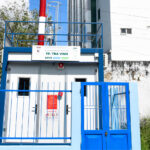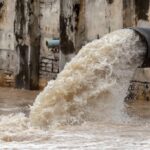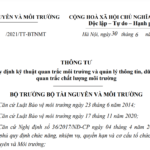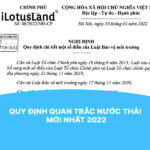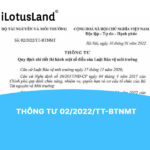According to the Labor Safety and Hygiene Law of 2015 and Decree 44/2016/NĐ-CP, all companies, businesses, factories, and workplaces with employees must carry out occupational environmental monitoring to ensure safety in the workplace and the health of workers.
Why is Occupational Environmental Monitoring Necessary?
Occupational environmental monitoring is the activity of collecting and evaluating measured data of important labor factors at workplaces to develop solutions aimed at minimizing hazards to health and preventing occupational diseases. Every workplace must periodically conduct occupational environmental monitoring, establish and periodically update records of occupational hygiene management and health management for workers and occupational diseases.
All production and business establishments, regardless of scale and industry, are responsible for synthesizing and reporting on occupational safety, labor hygiene, and the situation of occupational accidents and diseases within the regulated management scope at least once a year.
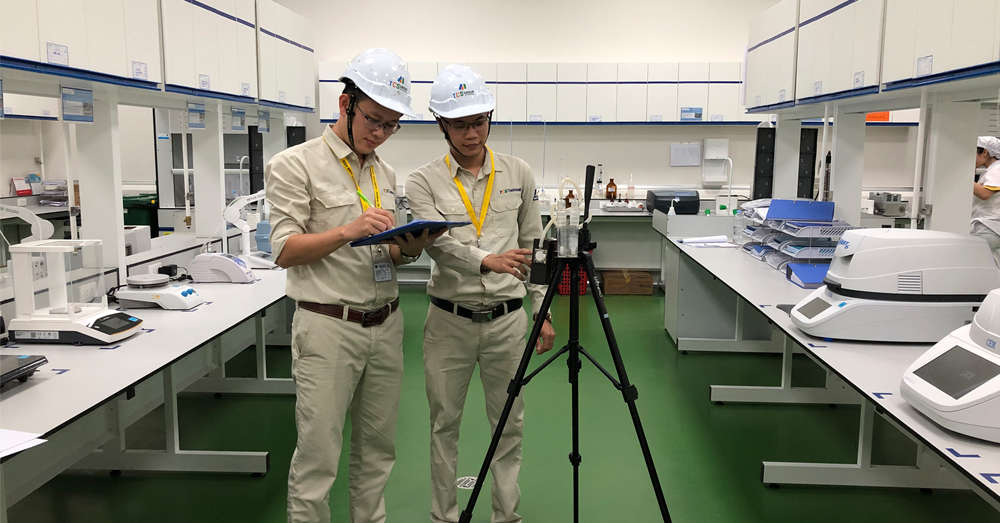
This activity helps employers manage the environment in workplaces, production, and processing. It also collects, analyzes, and evaluates factors that affect health, forming the basis for implementing measures to minimize health risks. Occupational disease prevention and control not only help employers fulfill their responsibilities but also provide scientific data for researching preventive measures, controlling occupational hazards, and establishing occupational health standards.
Enterprises need to propose legal and technical measures for safety, labor hygiene, and health care for officials and workers; Carry out disinfection, decontamination, and sterilization measures where there are factors causing poisoning or infection. Overcome and control harmful factors to ensure labor hygiene and safety while equipping necessary labor protection means.
Regulations in Vietnam
Currently, the regulatory documents include:
- The Labor Safety and Hygiene Law of 2015.
- Decree 44/2016/ND-CP dated May 15, 2016, detailing some provisions of the Labor Safety and Hygiene Law regarding technical inspection activities for labor safety, training in labor safety and hygiene, and occupational environmental monitoring.
- Circular 19/2016/TT-BYT of the Ministry of Health providing guidance on labor hygiene management and worker health.
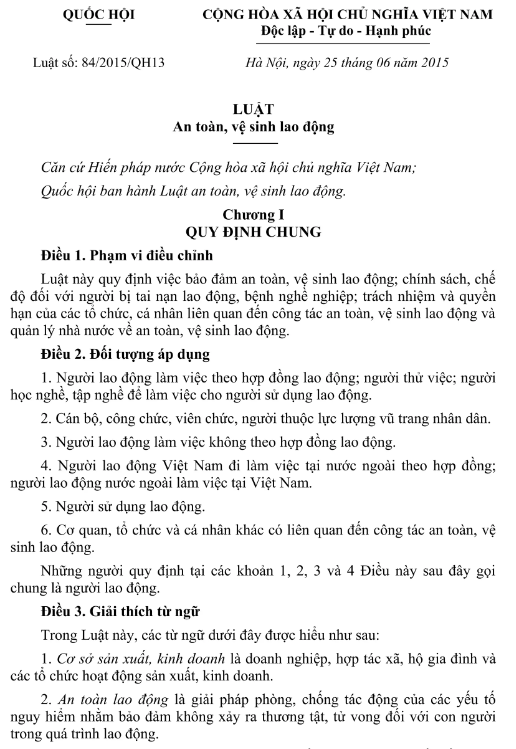
Principles and Procedures for Implementation
In Article 35 of Decree 44/2016/NĐ-CP, it is stipulated:
- Conduct comprehensive monitoring of harmful factors listed in the Occupational Hygiene Record created by the labor establishment. For hazardous and particularly hazardous jobs, conduct environmental monitoring by assessing the labor burden and some physiological indicators according to Ergonomy regulations specified in Article 33, Clause 3 of this Decree.
- Implement monitoring according to the established plan between the labor establishment and the organization that meets the conditions for occupational environmental monitoring.
- Ensure that the process includes:
-
- Implementation during the production and business activities of the labor establishment.
- Sampling using personal and location sampling methods in areas that may affect workers.
- For occupational environmental monitoring using rapid detection methods, sample collection and analysis should be carried out using suitable methods at a standard testing laboratory.
- Update and supplement harmful factors for monitoring as follows:
-
- When there are changes in technological processes, production processes, or when carrying out renovations or upgrades with the potential for new hazards to the health of workers.
- When the organization proposes additional monitoring during occupational environmental monitoring.
- As required by state management authorities with the relevant jurisdiction.
- Implementing organizations receive payment of costs; Occupational exposure assessment, reporting and management fees are paid by the employer in accordance with the law.
- Organizations report to the Ministry of Health or the Department of Health on newly discovered harmful factors arising at the labor facility without regulations on allowable limits.
In Article 37 of Decree 44/2016/ND-CP, it is stipulated:
- Before implementation, organizations need to ensure that machinery and service equipment are adjusted and calibrated in accordance with the provisions of law.
- Correctly and fully implement the committed working environment monitoring process.
- Honestly notify the results of working environment monitoring to employers.
- In case the results are not guaranteed, the labor facility shall do the following:
-
- Implement measures to improve working conditions, minimize harmful factors and prevent occupational diseases;
- Organize health checks to early detect occupational and occupational-related diseases for workers in positions with unsafe working environments;
- Compensation in kind for employees according to the provisions of labor law.
In addition, according to Clause 3, Article 27 of Decree 12/2022/NĐ-CP, a fine ranging from VND 20,000,000 to VND 40,000,000 is imposed on employers who do not conduct occupational environmental monitoring to control hazards to workers' health as stipulated by law.
Follow iLotusLand to update relevant information related to environmental monitoring industry

